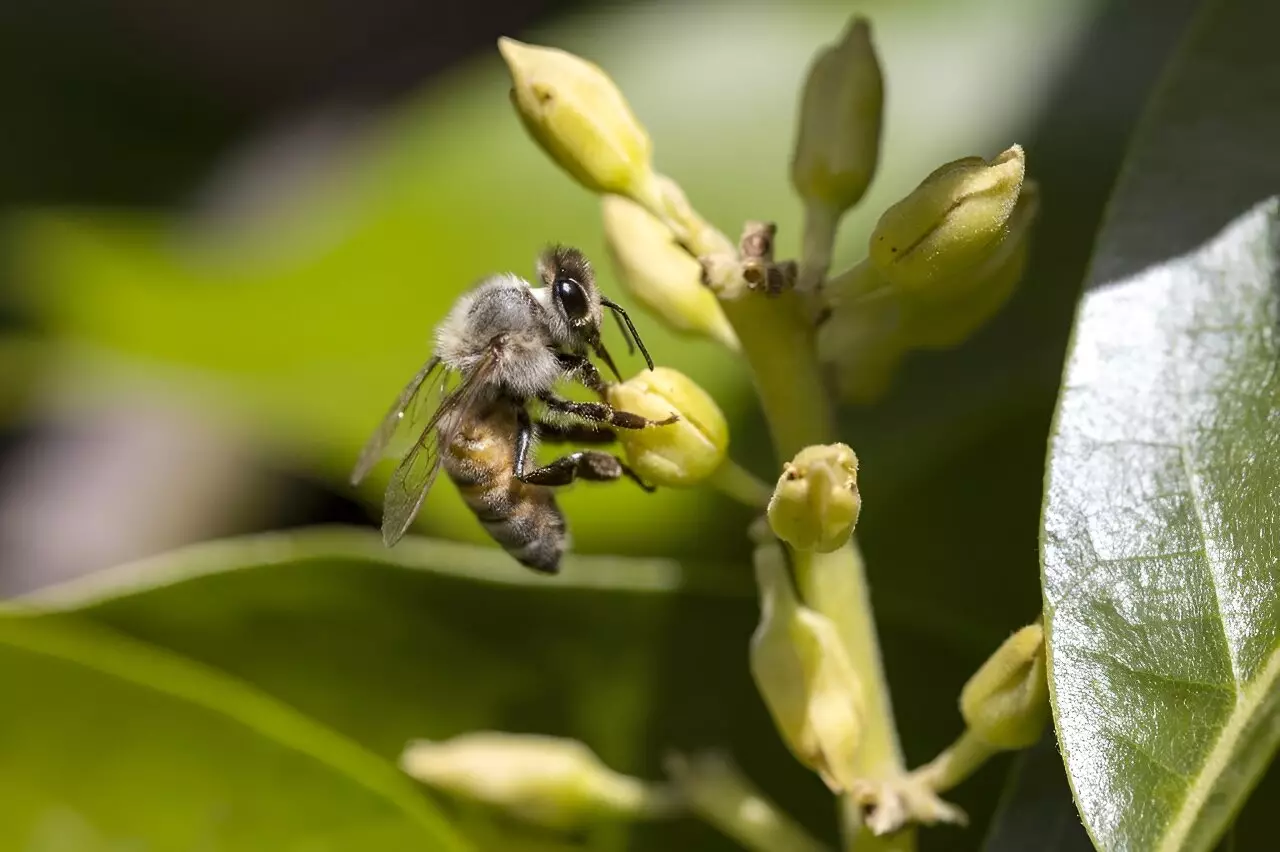As human-caused climate change continues to pose a threat to our environment, it is crucial that we seek innovative solutions to combat this crisis. Interestingly, nature itself provides us with endless inspiration for technological advancements. The solutions developed by nature over billions of years have been tested and refined countless times, making them an invaluable resource for artificial intelligence (AI) development. In this article, we will explore some of the remarkable nature-based technologies that have emerged in recent years and discuss their potential impact on various fields.
Insects such as ants and bees possess remarkable navigation abilities, relying on the intensity and polarization of sunlight to orient themselves. Researchers have successfully replicated their eye structure to develop a compass capable of estimating the sun’s location, even on cloudy days. This light-detecting compass offers a significant advantage over conventional compasses that rely on Earth’s magnetic field, which can be easily disrupted by electronic devices. With further refinement, this technology could be transformed into a more compact and lightweight product accessible to a wider audience.
Water scarcity is a pressing issue in many regions, and scientists are turning to nature for inspiration. Researchers have developed a fabric inspired by the silky threads of a spider web that has the unique ability to collect drinking water from morning mist. This artificial material mimics the intricate “spindle-knots” of feather-legged spiders, allowing large water droplets to accumulate. Once mass production is feasible, this fabric could play a crucial role in addressing water scarcity by harvesting water on a considerable scale.
Taking inspiration from nature’s vines, scientists have created inflatable robots that can autonomously grow towards light or heat sources. These tubular robots rely on fluid-filled pouches instead of costly electronics to navigate their environment. While they are currently slow in their movements, these robots have the potential to be utilized in fire suppression operations, particularly for smoldering fires that contribute to carbon emissions. Further research is needed to improve their heat resistance and agility, enabling them to traverse difficult terrains more effectively.
Nature’s influence extends beyond the animal kingdom, and scientists have found a way to utilize slimy kombucha mats—byproducts of fermenting the popular tea-based drink—to create “kombucha electronics.” These mats can be printed with electrical circuits capable of illuminating small LED lights. Moreover, they possess properties similar to textiles or even leath, making them sustainable and biodegradable. Kombucha wearables could potentially revolutionize the integration of technology with the human body, allowing for unobtrusive monitoring and tracking devices. However, challenges in durability and mass production must be addressed before widespread adoption is possible.
Pangolins, resembling a combination of a pine cone and an anteater, have inspired the development of a tiny robot that could have life-saving implications. Posing potential applications in medicine, this robot is designed to travel through the digestive tract before unfurling to deliver medicine or stop internal bleeding in hard-to-reach areas of the human body. The pangolin’s unique structure provides a balance between softness and hardness, making it an ideal model for this medical innovation. As these robots continue to be refined, they have the potential to be produced at a low cost, allowing for widespread accessibility and applicability.
Nature remains an abundant source of inspiration, providing us with remarkable solutions that can shape our future. By harnessing the wisdom of billions of years of natural evolution, we can develop technologies that are robust, sustainable, and efficient. From compasses mimicking insect eyes to inflatable robots and kombucha electronics, these nature-based innovations have the potential to revolutionize various industries. As we face the challenges of climate change and resource scarcity, nature will undoubtedly continue to serve as our guide towards a more sustainable and technologically advanced future.


Leave a Reply